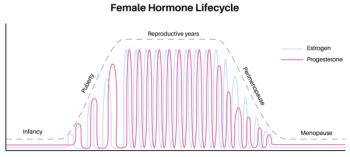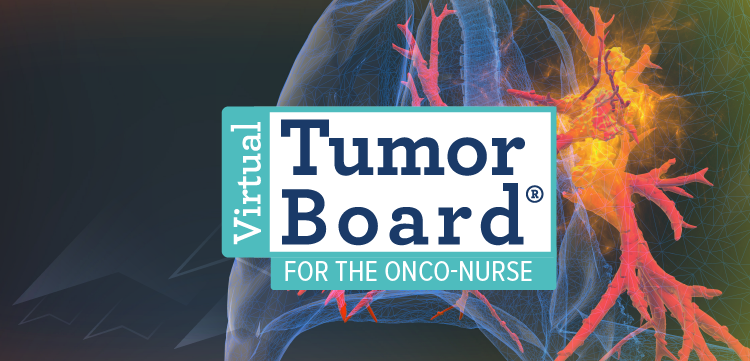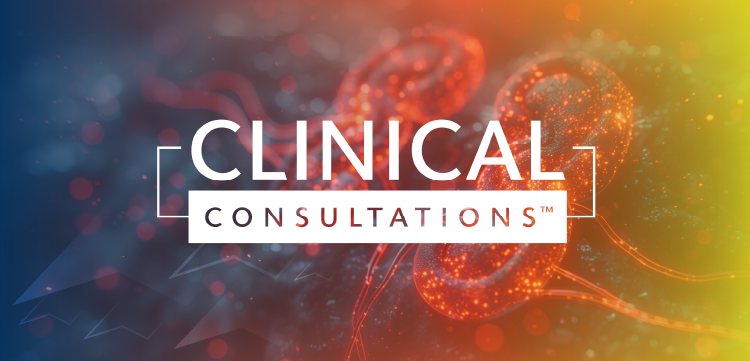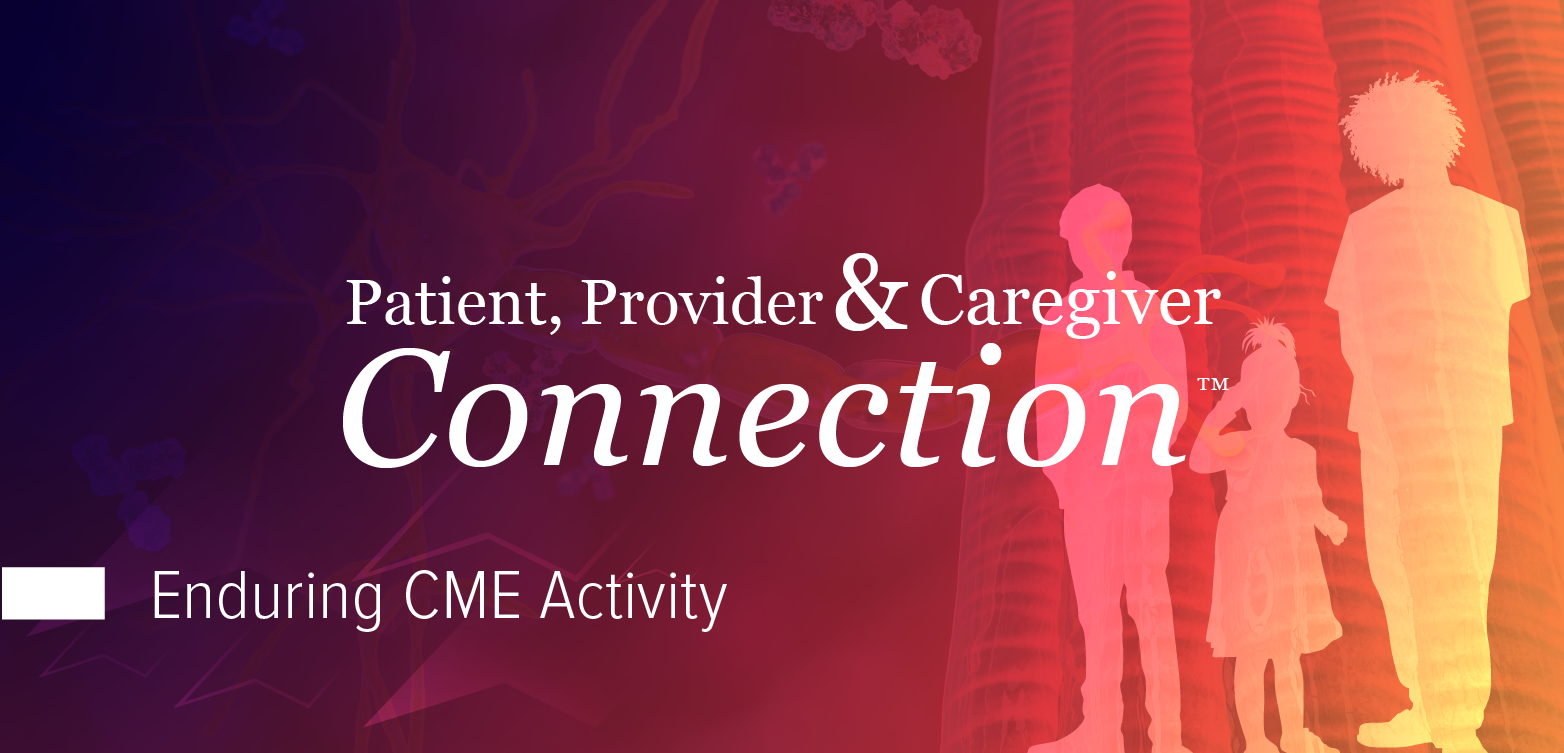
Johann Gudjonsson, MD, PhD, on Emerging AD Therapies: From Single Targets to Combination Approaches

RAD 2025: Johann Gudjonsson, MD, PhD, on investigational AD treatments, including anti–IL-31 receptor antibodies, anti–IL-13 treatments, IL-4 receptor blockers, JAK inhibitors, and new topical agents.
At Revolutionizing Atopic Dermatitis 2025, the annual meeting focused on advances in management of the pruritic skin condition, Johann Gudjonsson, MD, PhD, discussed the rapid evolution of treatment options for atopic dermatitis (AD), highlighting how the field has expanded beyond single-pathway therapies. In this interview with Patient Care, Gudjonsson shares his perspective on emerging therapeutic targets—including OX-40/OX-40L, IL-31, and JAK inhibition—and explains why combination therapies may represent the next major advance in disease management. He also reflects on how far the field has come and the knowledge gaps that still remain.
Johann Gudjonsson, MD, PhD, is the Arthur C Curtis professor of skin molecular immunology, professor of dermatology, and professor of internal medicine and research at the University of Michigan in Ann Arbor.
The following transcript has been edited for clarity, style, and length.
Patient Care: You also touched on emerging therapies during your presentation at RAD 2025. Are there any you're particularly excited about?
Johann Gudjonsson, MD, PhD: There’s a lot happening in the atopic dermatitis space—it’s really exploded over the past decade. We now have multiple novel agents targeting different pathways. The OX-40/OX-40 ligand axis is one of them, but others include anti–IL-31 receptor antibodies, anti–IL-13 therapies, IL-4 receptor blockers, JAK inhibitors, and new topical agents.
What’s especially exciting is the field’s shift toward combination therapies—combining two known mechanisms into a single treatment. I think this is where things are going to get really interesting. We’re starting to see many of these combinations tested in small clinical trials, and I believe we’ll learn a great deal from them. There's a good chance these multi-targeted approaches will offer better outcomes than the single-agent therapies we have now.
Patient Care: What do you hope clinicians will take away from your presentation?
Gudjonsson: First, that we’re making significant progress. Our understanding of atopic dermatitis—whether through genetics or immunology—has grown exponentially. We now have a much clearer picture of what’s happening both during active disease and in response to treatment.
At the same time, I want to emphasize that there’s still a lot we don’t fully understand. There are aspects of this disease for which we don’t yet have a clear or comprehensive explanation. So while the momentum is exciting, it’s also a reminder that we still have important work ahead.
Newsletter
Enhance your clinical practice with the Patient Care newsletter, offering the latest evidence-based guidelines, diagnostic insights, and treatment strategies for primary care physicians.

























































































































































































































































































